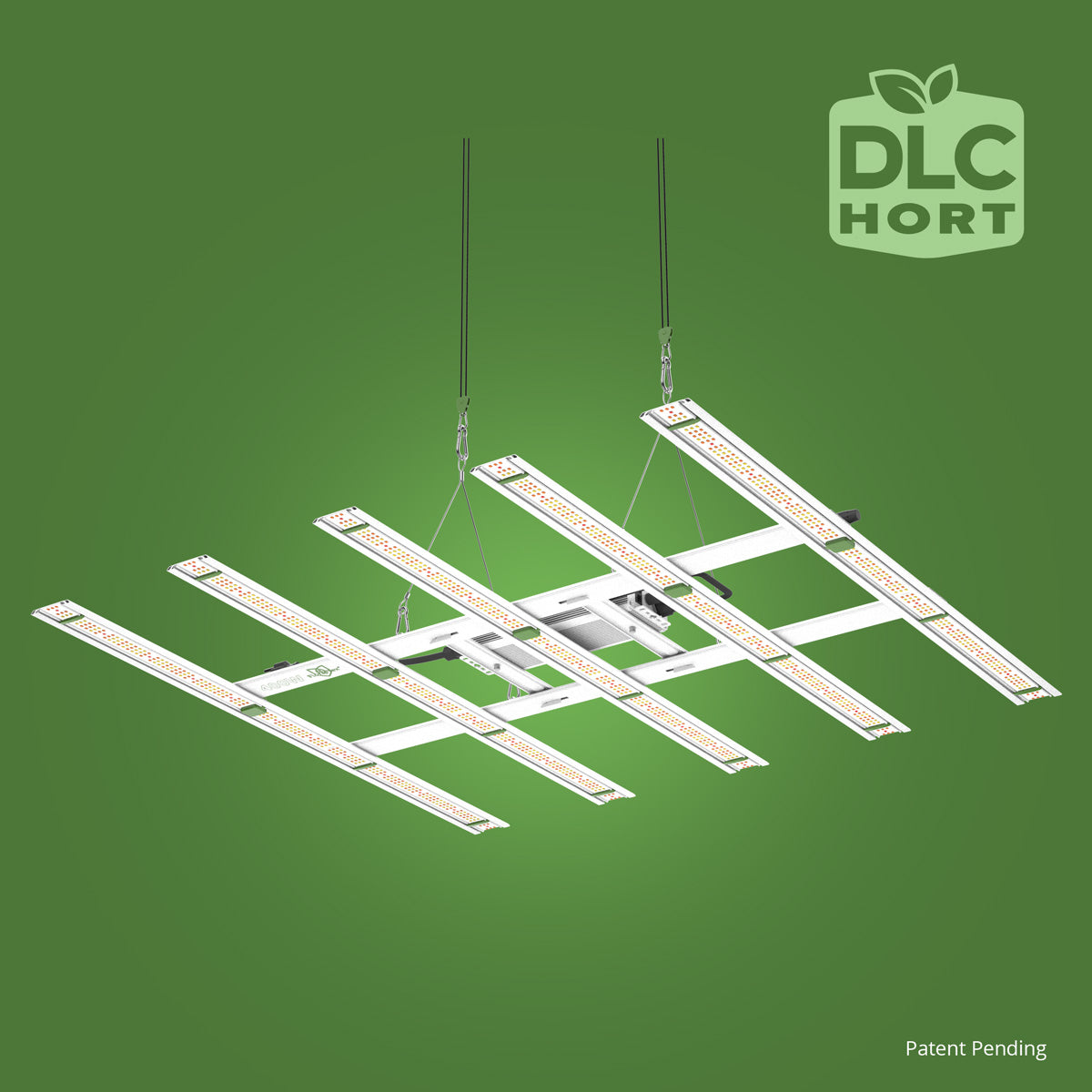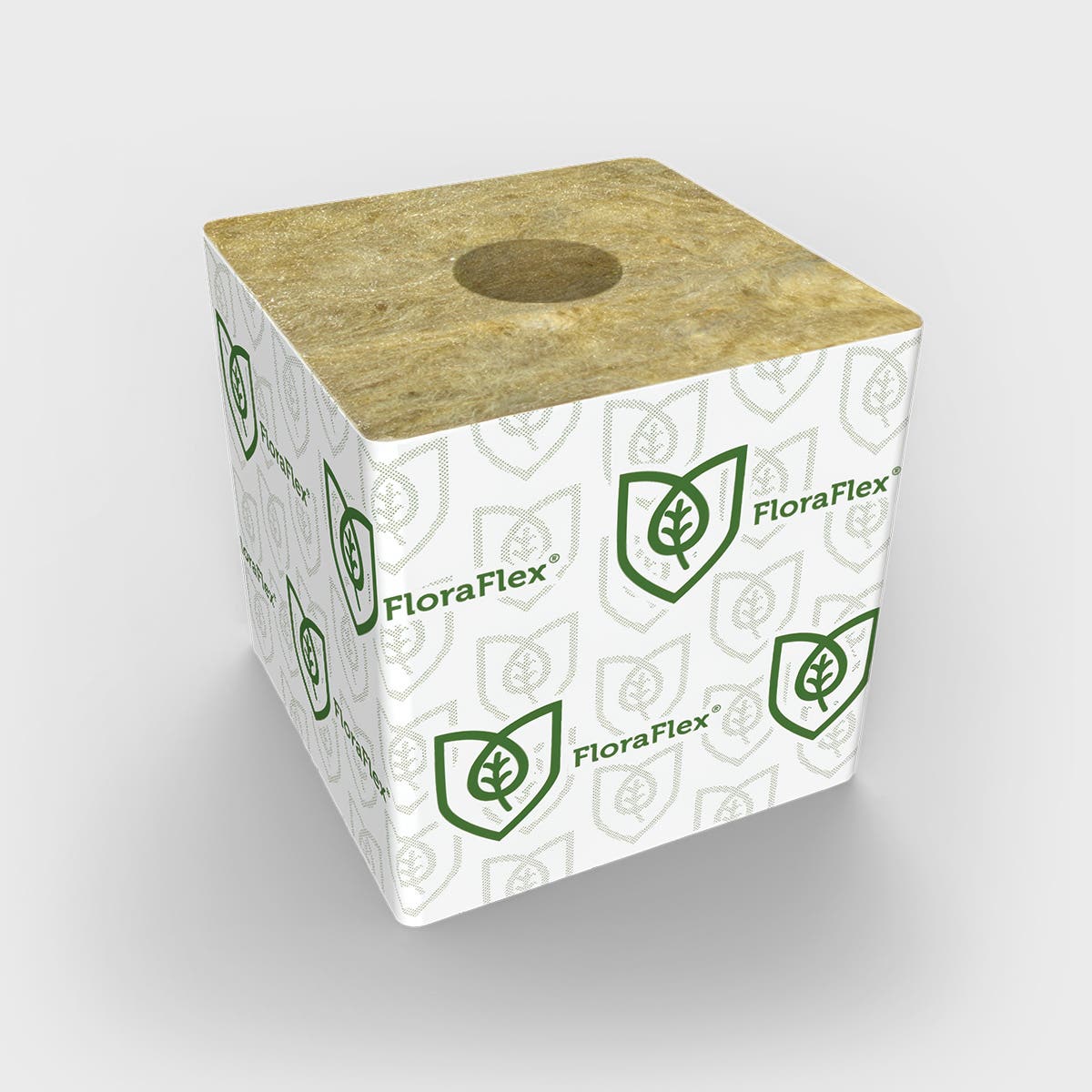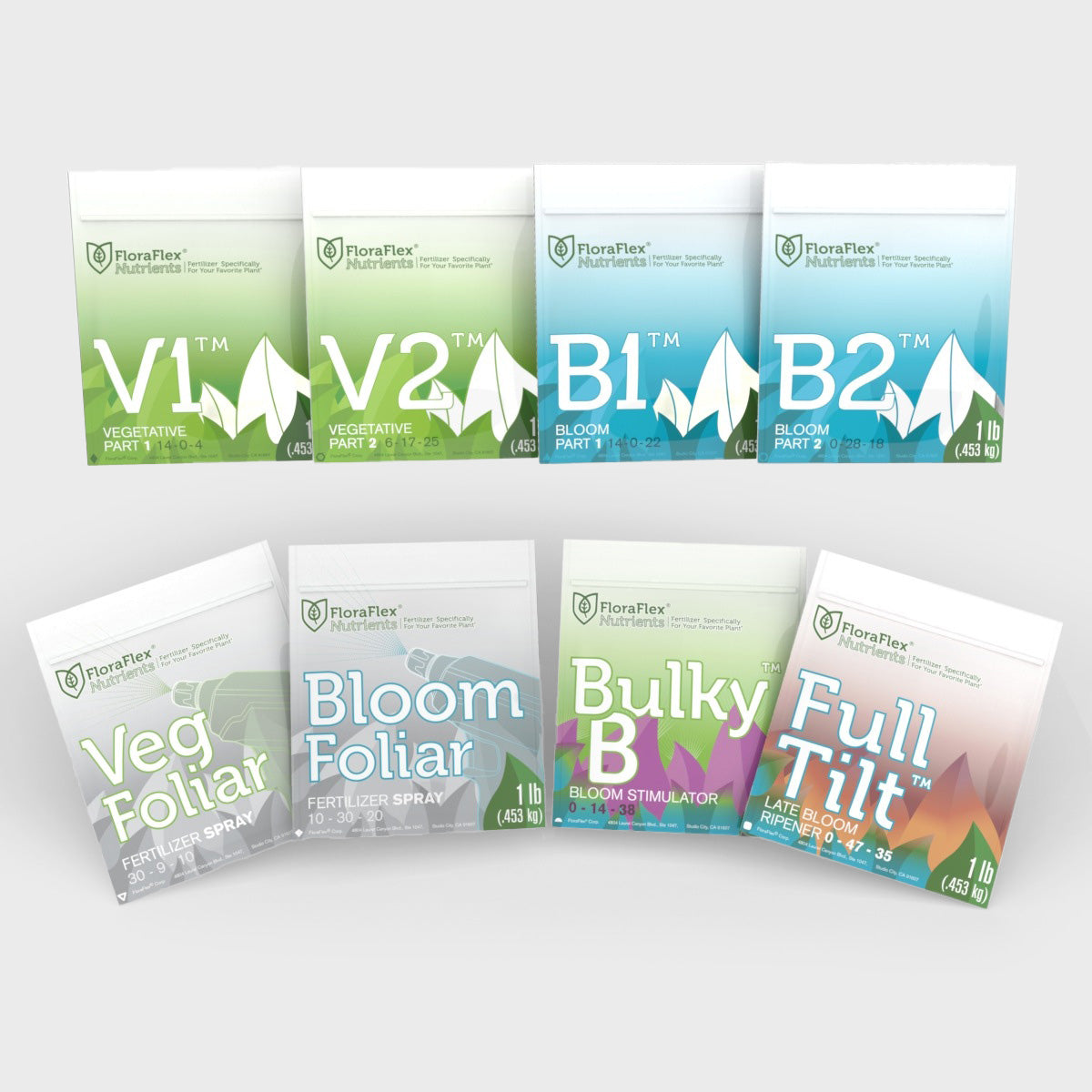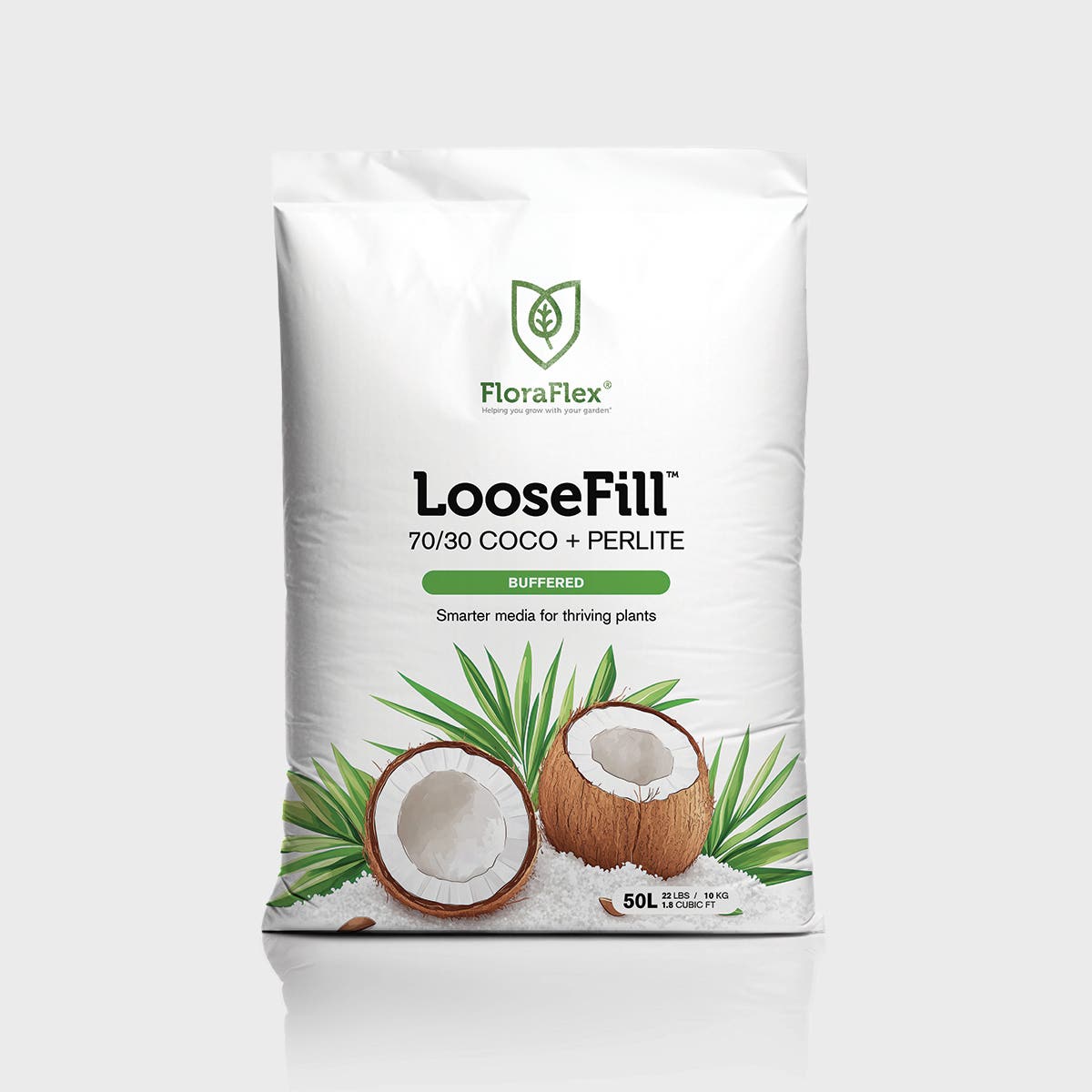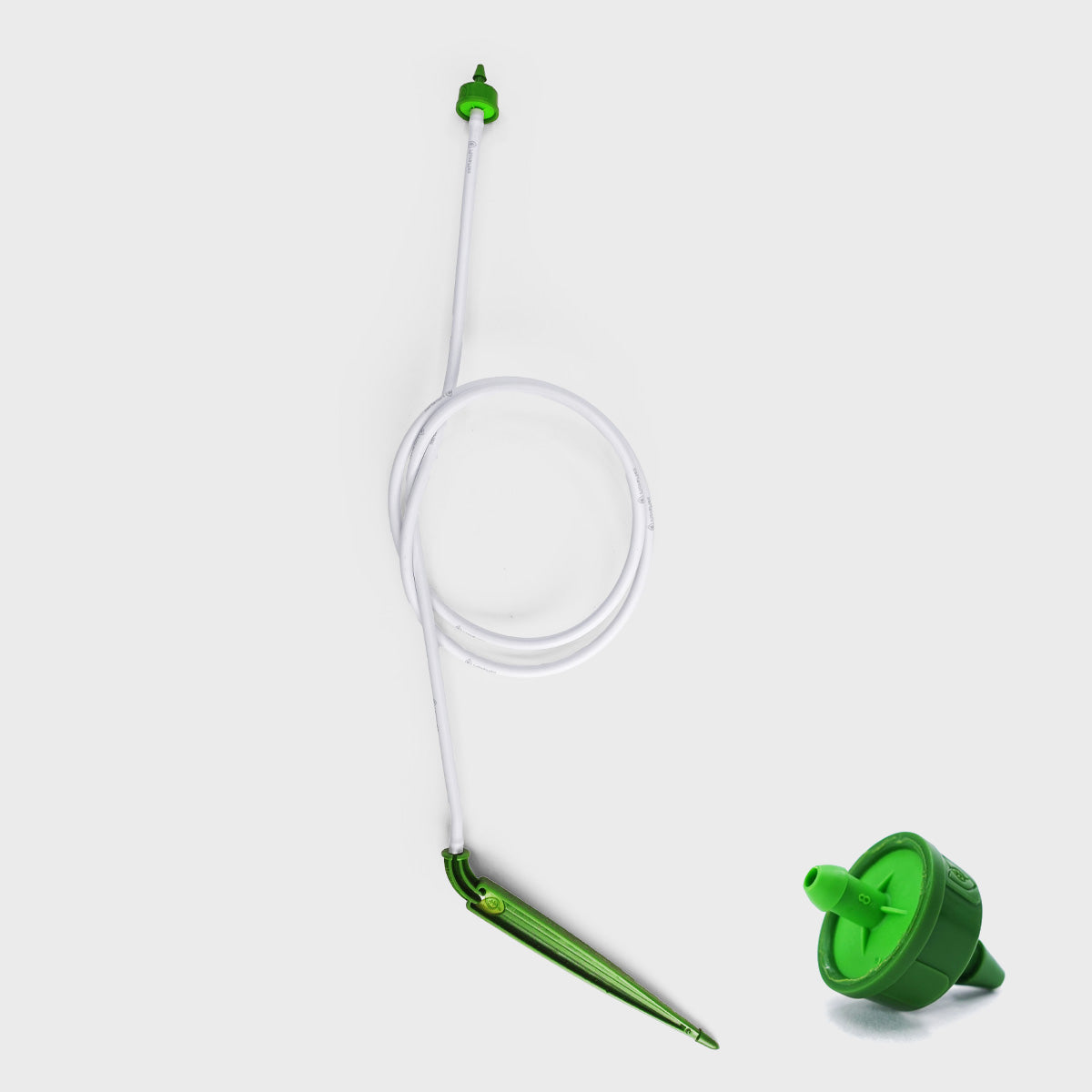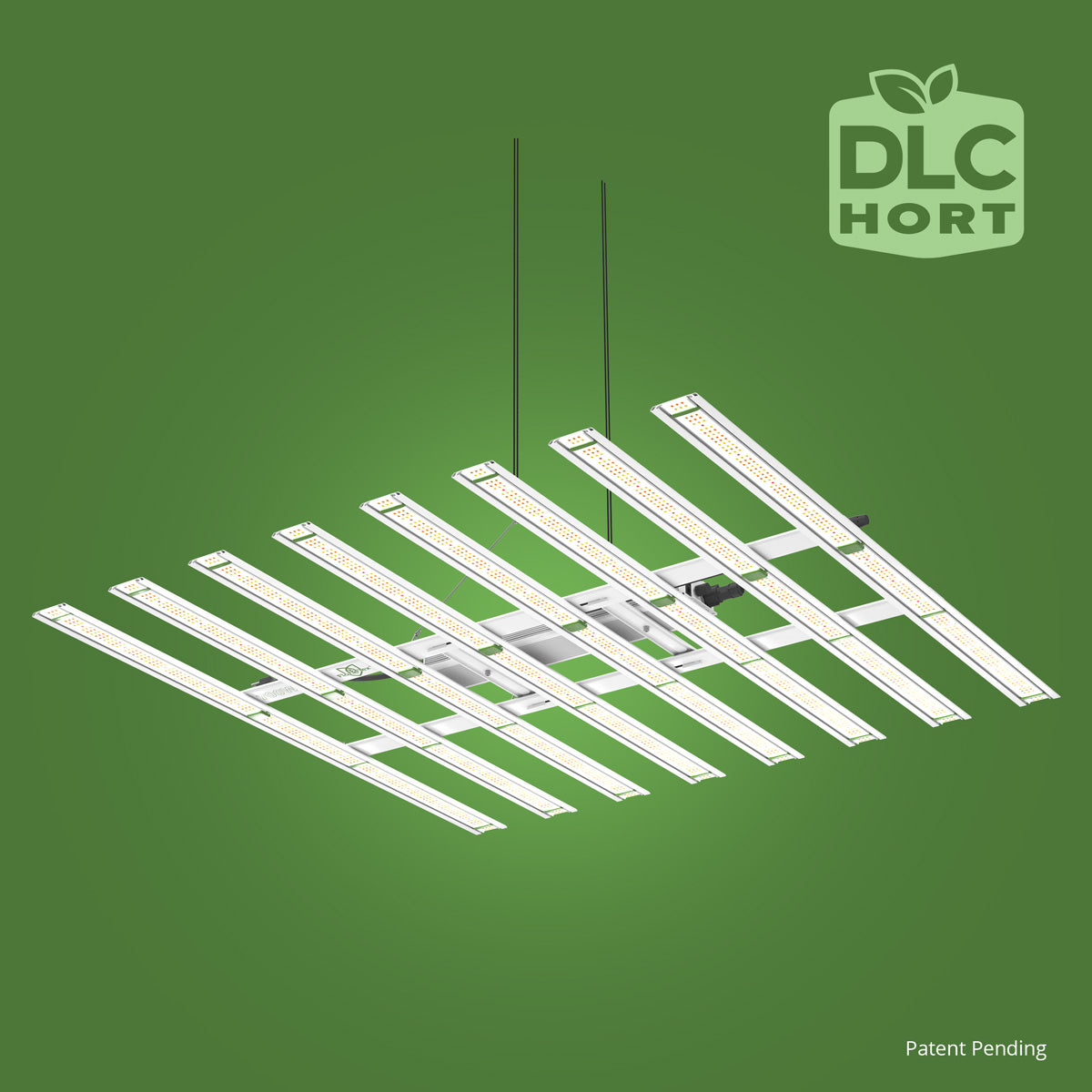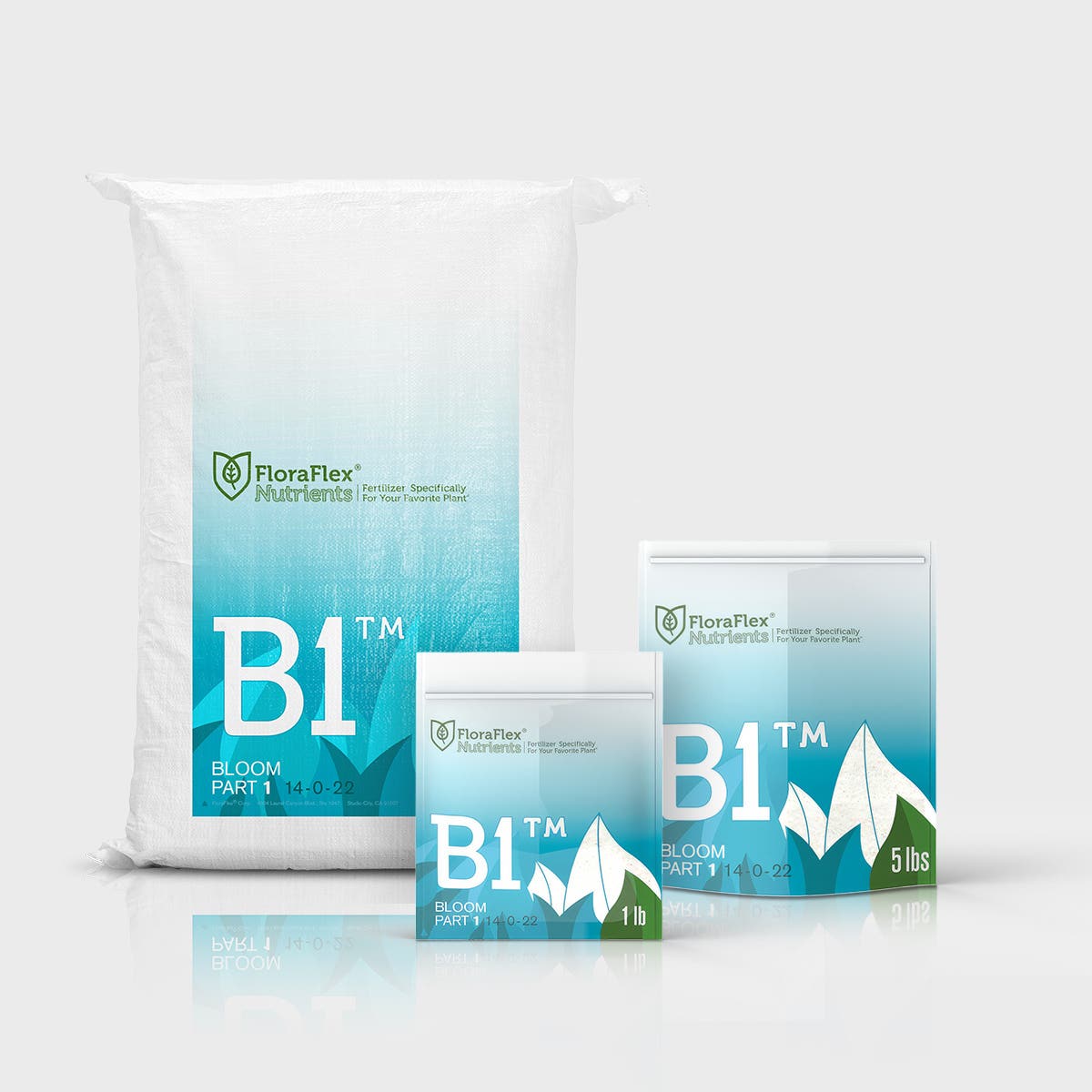In cannabis cultivation, providing the right nutrients at the right time is crucial for healthy plant growth and maximizing yields. One effective method of delivering nutrients is by incorporating fertilizers into the irrigation system. This article explores the benefits, types of fertilizers, considerations, and methods of adding fertilizer to the irrigation system in cannabis cultivation.
Fertilizers play a vital role in providing cannabis plants with essential nutrients needed for their growth and development. By incorporating fertilizers into the irrigation system, growers can ensure efficient nutrient delivery directly to the root zone.
Importance of Fertilizer in Cannabis Cultivation
Cannabis plants have specific nutrient requirements at different stages of growth. Fertilizers supply these essential nutrients, such as nitrogen (N), phosphorus (P), and potassium (K), as well as micronutrients, to support robust plant growth, flower development, and resin production.
Benefits of Incorporating Fertilizer into the Irrigation System
Adding fertilizers to the irrigation system offers several advantages:
-
Efficient Nutrient Absorption: Fertilizers delivered through the irrigation system ensure direct and efficient nutrient absorption by the roots, reducing nutrient wastage.
-
Consistent Nutrient Supply: Incorporating fertilizers into the irrigation system provides a steady and consistent supply of nutrients, maintaining optimal nutrient levels in the root zone.
-
Automation and Precision: Fertilizer application through the irrigation system allows for automation and precise control over nutrient dosing, ensuring accurate nutrient delivery based on the plant's needs.
-
Reduced Labor and Time: By automating the fertilizer application process, growers can save time and labor compared to manual application methods.
Types of Fertilizers for Cannabis
There are various types of fertilizers available for cannabis cultivation:
Organic Fertilizers
Organic fertilizers derive from natural sources, such as compost, worm castings, or animal manure. They provide slow-release nutrients and improve soil structure and microbial activity.
Synthetic Fertilizers
Synthetic fertilizers are chemically formulated with specific nutrient ratios. They provide readily available nutrients and allow for precise control over nutrient concentrations.
Water-Soluble Fertilizers
Water-soluble fertilizers dissolve easily in water and can be applied through the irrigation system. They provide quick nutrient availability and allow for precise nutrient adjustment.
Considerations when Adding Fertilizer to the Irrigation System
When incorporating fertilizer into the irrigation system, several factors should be considered:
Nutrient Requirements
Understand the specific nutrient requirements of cannabis plants at different growth stages. Different strains and cultivars may have varying nutrient needs. Tailor the fertilizer composition to meet these requirements for optimal growth and development.
Proper Dilution and Mixing Ratios
Follow the manufacturer's instructions for diluting and mixing the fertilizer solution accurately. Improper ratios can lead to nutrient imbalances or burn the plants. Use calibrated measuring tools and maintain consistency in mixing to ensure accurate nutrient delivery.
pH and EC Monitoring
Monitor the pH and electrical conductivity (EC) of the fertilizer solution regularly. Cannabis plants have specific pH and EC ranges for optimal nutrient uptake. Adjust the pH and EC levels as needed to maintain a suitable growing environment.
Irrigation System Compatibility
Ensure that the irrigation system is compatible with fertilizer application. Some systems, such as drip irrigation or hydroponic setups, are well-suited for fertigation. Verify that the system components, such as injectors or proportioners, are compatible with the chosen fertilizer and can deliver the desired nutrient concentrations.
Methods of Adding Fertilizer to the Irrigation System
Several methods can be used to add fertilizer to the irrigation system:
Injectors and Proportional Dosers
Injectors or proportional dosers can be connected to the irrigation system to deliver a precise amount of fertilizer into the water flow. These devices ensure consistent nutrient concentration and allow for automation in larger-scale operations.
Fertigation Tanks and Injectors
A fertigation tank can be set up, where the fertilizer is mixed with water and stored. An injector connected to the irrigation system draws the fertilizer solution from the tank and delivers it to the plants during watering cycles.
Drip Irrigation Fertigation
In drip irrigation systems, fertilizers can be applied directly to the root zone through drip emitters. Fertilizer solutions are injected into the irrigation lines using specialized equipment or by hand. This method ensures targeted nutrient delivery to individual plants.
Monitoring and Adjusting Fertilizer Application
Continuous monitoring of plant health and nutrient levels is crucial when using a fertilizer irrigation system:
Nutrient Deficiency and Excess
Monitor the plants for signs of nutrient deficiencies or excesses, such as yellowing leaves, stunted growth, or nutrient burn. Adjust the fertilizer application accordingly to maintain a balanced nutrient profile.
Regular Monitoring and Adjustments
Regularly monitor the pH and EC of the soil or nutrient solution to ensure they remain within the appropriate range. Periodic nutrient testing can help identify any deficiencies or imbalances and allow for necessary adjustments.
Flushing and Rinse Cycles
Occasionally, flush the soil or growing medium with plain water to remove excess salts or accumulated fertilizers. This helps prevent nutrient buildup and maintain healthy root function.
Incorporating fertilizers into the irrigation system offers several benefits, including efficient nutrient delivery, consistent nutrient supply, automation, and reduced labor. Consider the specific nutrient requirements, proper dilution ratios, pH and EC monitoring, and compatibility with the irrigation system. Choose the appropriate method, such as injectors, fertigation tanks, or drip irrigation fertigation, to add fertilizer. Regular monitoring, adjustment, and occasional flushing ensure a well-balanced nutrient profile and optimal plant health in cannabis cultivation.

